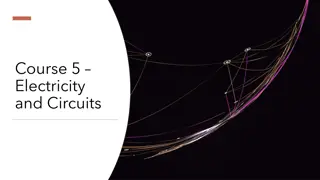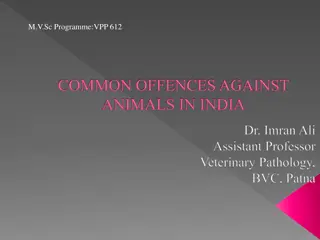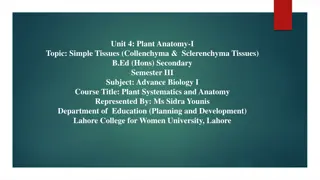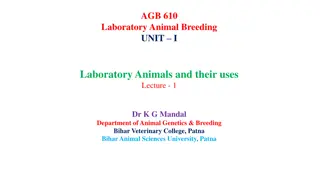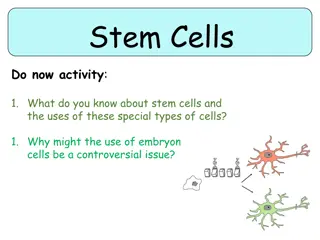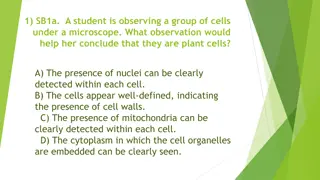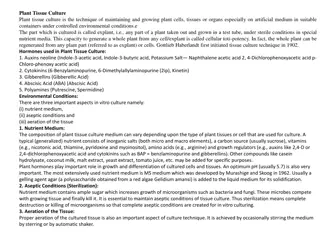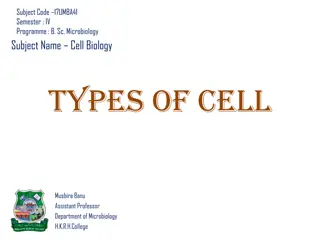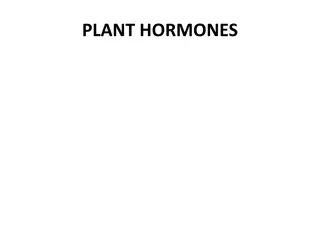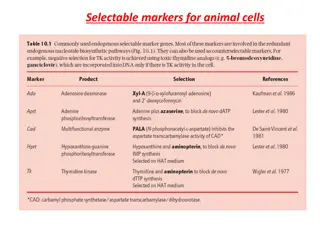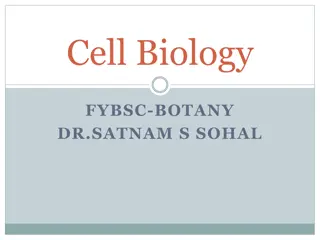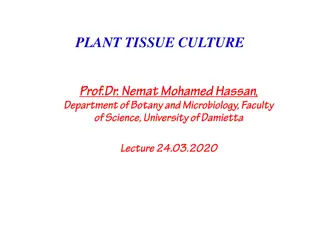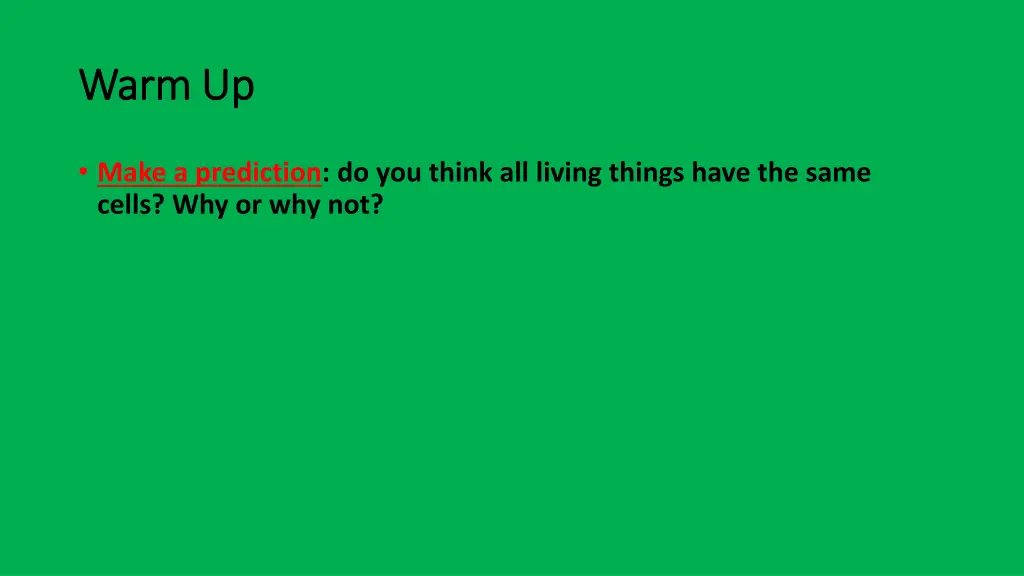
Exploring the Diversity of Plant and Animal Cells in Biology Lab Activity
Engage in a hands-on biology lab activity to identify and compare plant and animal cells. Understand the differences in cellular components such as cell wall, vacuoles, chloroplasts, and membrane. Through microscopic observations and sketches, delve into the intricate structures that define these living organisms. Explore how microscope technology has revolutionized scientific knowledge expansion.
Download Presentation

Please find below an Image/Link to download the presentation.
The content on the website is provided AS IS for your information and personal use only. It may not be sold, licensed, or shared on other websites without obtaining consent from the author. If you encounter any issues during the download, it is possible that the publisher has removed the file from their server.
You are allowed to download the files provided on this website for personal or commercial use, subject to the condition that they are used lawfully. All files are the property of their respective owners.
The content on the website is provided AS IS for your information and personal use only. It may not be sold, licensed, or shared on other websites without obtaining consent from the author.
E N D
Presentation Transcript
Warm Up Warm Up Make a prediction: do you think all living things have the same cells? Why or why not?
Objective SWBAT identify the different components of plant and animal cells and discuss the functions of each.
Whats the difference? What s the difference?
Animal Cells Animal Cells No cell wall. Round, irregular shape. One or more small vacuoles. No chloroplast. Cell membrane present.
Plant Cells Has cell wall made of cellulose. Rigid, rectangular shape. One large, central vacuole. Chloroplasts present and used by plant cells to make their own food. Defined cell wall and cell membrane present.
Procedure Procedure Once your group is instructed to do so, go to open microscope station and look at specimen with 40x (red lens) and 100x (yellow lens) magnification. When told to do so, move onto next station. Jot down several scientific observations each for the plant cell and animal cell you look at. Provide detailed sketch of each cell at each magnification (4 total sketches). Once you ve looked at both cell types, return to your seats and answer questions 7a through 7c on page 9. Use figure 1.4 on page 10 for reference.
Closure Closure Discuss with your table how you think microscope technology has expanded scientific knowledge.


